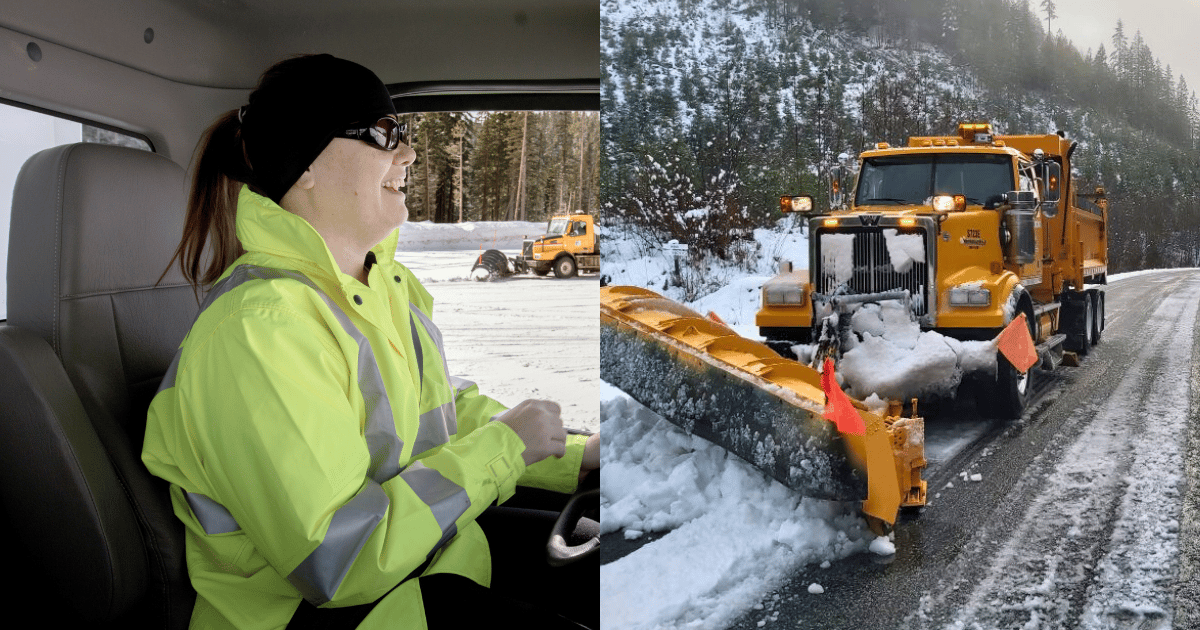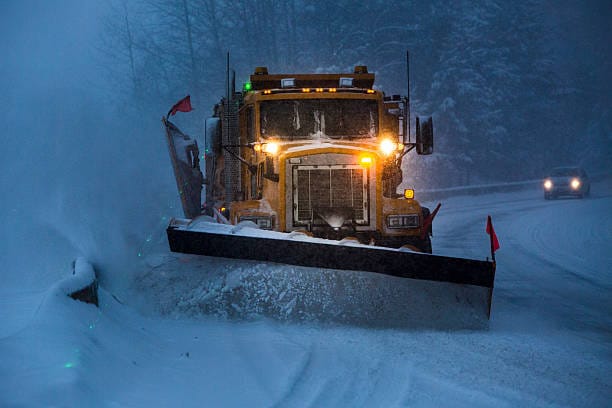- The Upfit Insider
- Posts
- The Ultimate Guide to Choosing the Best Plow Truck for Your Snow Removal Business
The Ultimate Guide to Choosing the Best Plow Truck for Your Snow Removal Business
The Ultimate Guide to Choosing the Best Plow Truck for Snow Removal

The $200K Lesson
Highway department wanted air ride seats.
“Those are for comfort,” I said. Saved them $15K.
Three months later:
5 operators on workers comp
$200K in claims
Trust gone
Mechanic told me:
“You spec’d for a truck. Not a human.”
He was right.
The same mindset ruins snow plow fleets every winter.
Avoid six-figure spec mistakes. Founding Members get my ROI calculator + spec checklists for $5/mo (100 seats only). [Unlock Here]
What Is a Plow Truck?
A plow truck is any work truck upfitted with a snow plow for a truck or a snow plow attachment for truck to clear roads, parking lots, or job sites.
Municipal fleets → DPWs, highway dept running every snow clearing truck through the night
Contractors → running a truck plow for commercial lots
Landscapers → adding a plow for truck to a pickup to create seasonal revenue
Stat: FHWA says snow removal eats up 20% of DOT winter budgets. Every bad spec = taxpayer money wasted.
Types of Snow Plows
Straight Blade
Cheapest option
Simple & reliable
Good entry-level snow removal equipment
V-Plow
Cuts through deep snow
Switches between V, straight, and scoop
More versatile for truck snow plow routes
Scoop
Efficient for big parking lots
Moves snow fast but less versatile
Key Factors When Choosing a Plow Truck
Truck GVWR Class
Class 2 (6,001–10,000 lbs): Light plowing, driveways, small lots
Class 3–4 (10,001–16,000 lbs): Core municipal snow clearing trucks
Class 6–7 (19,501–33,000 lbs): Highways, large city streets, airports
Core municipal snow clearing trucks. Specs here overlap with dump truck builds, so knowing how many tons a dump truck can haul helps buyers avoid axle and payload mistakes.
Attachment Compatibility
Not every chassis can handle a snow plow for truck setup — check specs before you buy
Check front axle rating and frame strength
Use OEM plow-prep packages to prevent frame or suspension failures
Power & Performance
Gas = fine for light duty
Diesel = better for municipal fleets & 24/7 use
Torque matters more than horsepower
Operator Ergonomics
A $500 seat upgrade can prevent a $40K+ workers comp claim
Skip ergonomics and you’ll pay in downtime, OT, and turnover
Use OEM plow-prep packages to prevent frame or suspension failures.
If you’re new to upfitting, here’s a full breakdown of what an upfit on a work truck really means so you understand how plows, spreaders, and other bodies tie into the chassis.

Must-Have Features
Hydraulics: Reliable lift/angle, easy to service
Lighting: LED + heated housings for night storms
Safety: Heated mirrors, backup cameras, ergonomic seating
Installation & Maintenance
Install Tips
Always use OEM plow-prep kits
Reinforce hydraulics & electrical connections
Confirm axle capacity before mounting
Maintenance
Inspect before every storm
Wash salt off after every run
Rotate cutting edges regularly
Always use OEM plow-prep kits. Reinforce hydraulics & electrical connections. If you want to dive deeper into snow season prep, check out Snowplow Prep 2025: Why Setups Fail (And How to Prevent Them).
ROI of Spec Decisions
Skip air ride seats: Save $7,500 → lose $150K+ in comp & downtime
Cheap steel blades: Save $1,500 → replace twice as often, lose money
LED + heated lights: +$2,000 → prevent accidents, ROI priceless
Plow-prep package: +$3,000 → avoid $20K frame failure, ROI win
Winter downtime costs fleets real money. Founding Members get the Snowplow Mastery Guide free ($5/mo, 100 seats). [Join Now]
Hypothetical Fleet Scenario
Picture this:
A DPW specs 10 truck plows, skips seat upgrades to save $15K.
By mid-season, 3 operators file comp claims for back injuries.
Remaining crews work OT, with each truck plowing snow twice as long to cover routes.
Total hit = $180K in claims + OT + lost trust.
That’s not an accident. That’s the cost of ignoring ergonomics.
FAQs
What is the best truck class for plowing snow?
Class 3–4 trucks (10,001–16,000 lbs) are the sweet spot for municipalities. Class 6–7 trucks are best for highways and nonstop plowing.
Are V-plows better than straight blades?
Yes for versatility. Straight blades are cheaper but less efficient.
How much does a snow plow installation cost?
$3,000–$7,000 depending on truck class, hydraulics, and lights.
What can I do with a snow plow truck?
Use it for municipal clearing, contract lots, or seasonal private work. Many fleets offset downtime by renting snow plow trucks to contractors.
Wrap-Up: Spec for Humans, Not Trucks
Cheap specs = expensive mistakes.
Smart specs = safe operators, more uptime, fewer claims.
Snow season exposes mistakes fast. Fleets that spec for humans, not just trucks, come out ahead every time.
Snow season is here. Don’t spec blind. Founding Members get the Snowplow Mastery Guide + ROI tools for $5/mo (100 seats). [Get Access Now].
Your move: What’s the worst snowplow mistake you’ve seen a fleet make?
—
Leyhan
Founder, The Upfit Insider
Reply